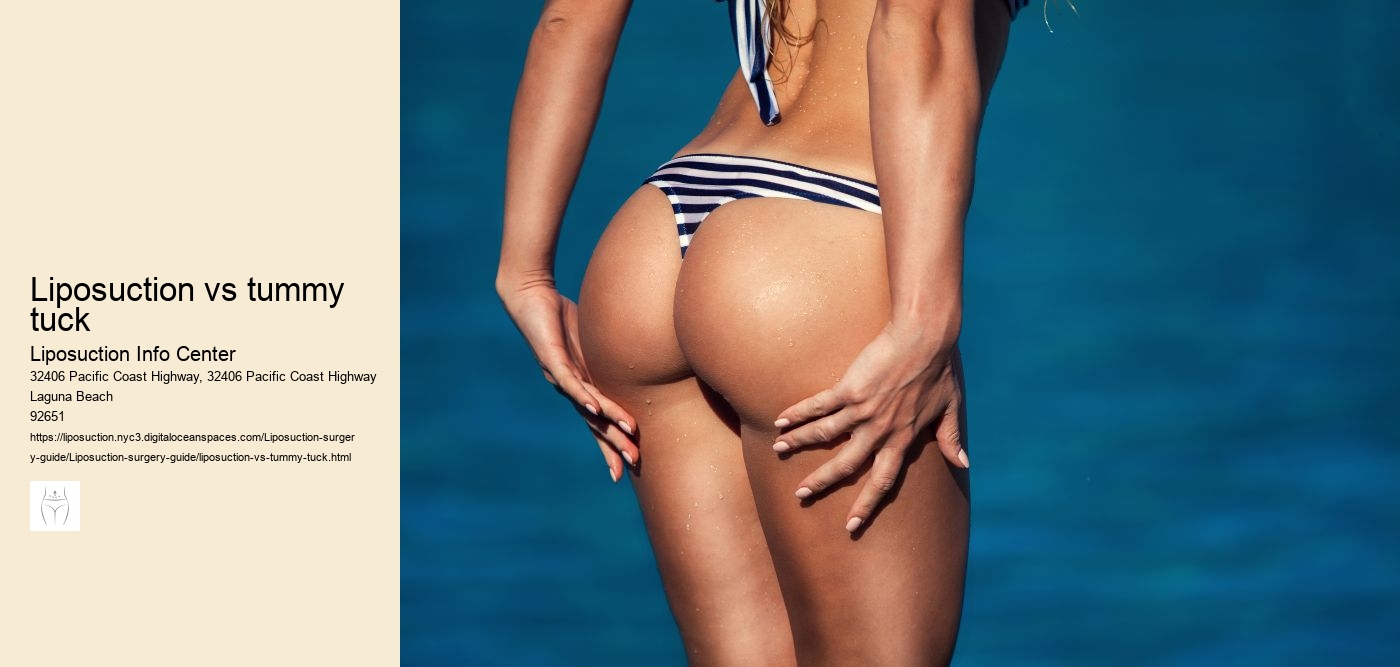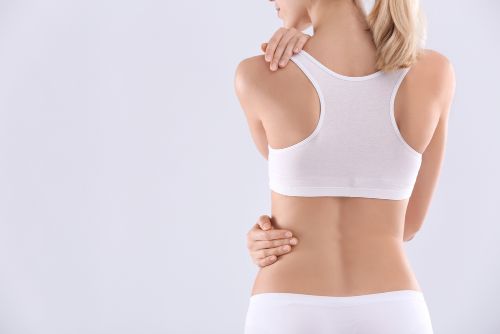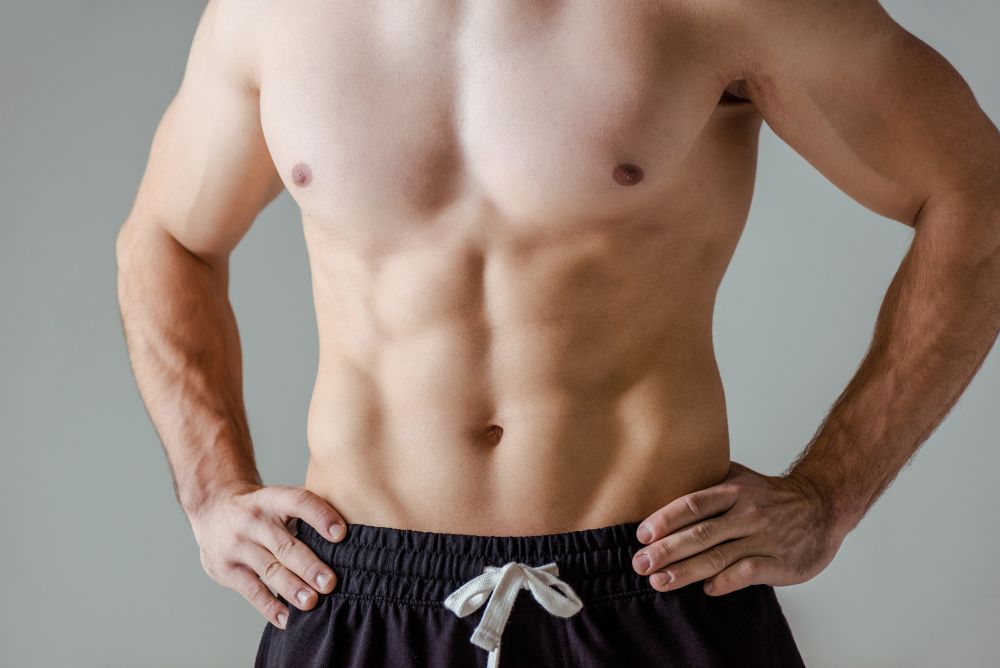
liposuction vs tummy tuck
Liposuction clinic
Ultrasound-assisted Liposuction Surgery (UAL): Also known as ultrasonic lipso, the cannula stimulated by ultrasound. This causes the fat to melt. Ultrasound vibrations can break down the walls of fat deposits. The ultrasound vibrations turn the fat into liquid and make it more difficult to absorb. This technique is suitable for the male breast, back, and areas that have had liposuction.
Lipo is a popular cosmetic treatment in America. Lipo can be purchased for between $2,000-$3500.
Wet Liposuction surgery.




